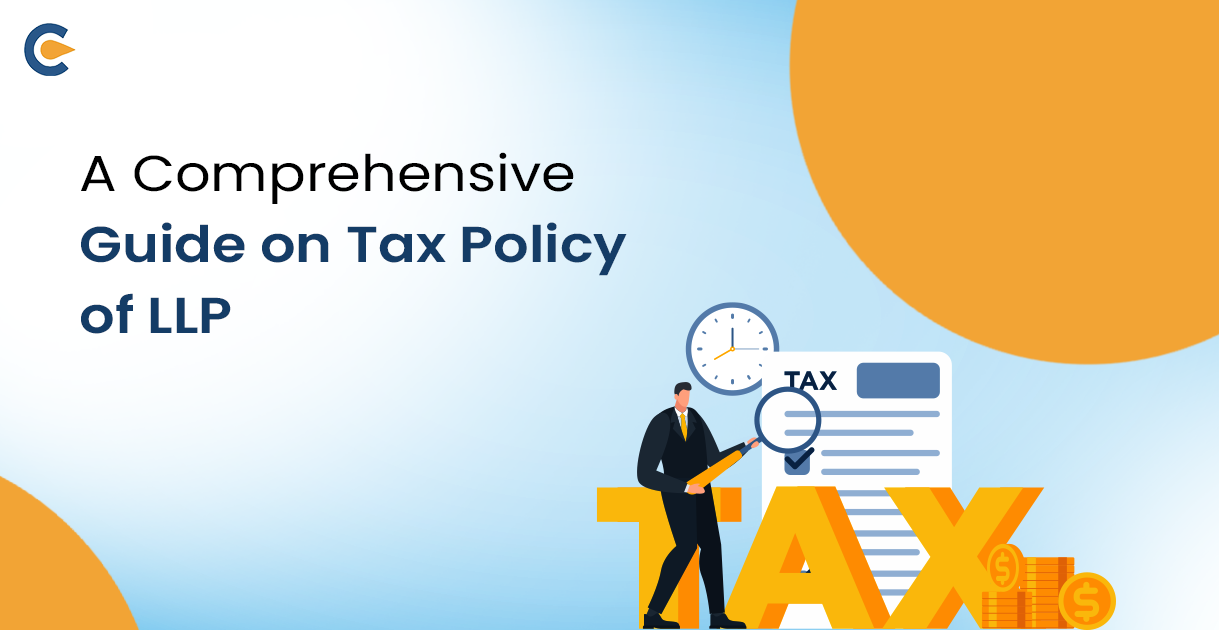A clear and comprehensive Limited Liability Partnership agreement lays the groundwork for the company. A thorough, detailed agreement of the LLP makes a firm’s tasks and obligations extremely apparent. This lessens the likelihood of future disputes. A Limited Liability Partnership’s written agreement between its partners is called a Limited Liability Partnership agreement. It outlines each partner’s obligations and rights with regard to the company as well as with each other.
In accordance with the Limited Liability Partnership Act, the firm must register with an LLP agreement filed within 30 days of the LLP’s creation. All of the rights and obligations listed in Schedule I of the act will be applicable to the partners and the LLP in the absence of a written agreement.
Features of LLP
Some of the vital features of LLP that make it different from other business structures are:
- LLPs are often established in order to conduct legal business, which is defined as any kind of trade, business, or occupation.
- An LLP is a corporate body with a perpetual succession plan and a legal identity distinct from its partners. A limited liability partnership’s rights, obligations, and continued existence are unaffected by changes in its partners.
- LLP is able to purchase, own, develop, or sell real estate.
- LLP has the legal authority to operate as a body corporate, to sue, to be sued, to own a common seal, and to do other legal actions.
- The assets of the LLP are used to cover any liabilities related to the LLP.
Execution of LLP Agreement
- Carefully draft the agreement and make sure it includes all necessary sections, and print it on Stamp Paper of Requisite Value (the amount of stamp duty due on the LLP agreement depends on the state of incorporation and the partners’ capital contribution).
- Each partner must sign the Limited Liability Partnership Agreement.
- The final page of the Limited Liability Partnership Agreement will be signed by witnesses from each party.
- Then, the Limited Liability Partnership Agreement will be notarized by the authority.
- Within 30 (thirty) days of the LLP’s establishment, file the Copy of Agreement in e-form LLP 3 with the relevant Registrar of Companies.
- Each partner should retain a copy of the Limited Liability Partnership Agreement.
Consequence in the absence of LLP Agreement
All partners shall be subject to the provisions of Schedule I of the LLP Act 2008 in the absence of a registered limited liability partnership agreement. The following are these provisions:
- Consent from each partner is necessary for every new partner to be admitted.
- Every partner will vote on any other matter, and a simple majority vote is required to approve a resolution. However, approval from each partner is required if the company wishes to alter the nature of its operations.
- In the absence of a clear Limited Liability Partnership agreement between partners, a majority of partners cannot remove a partner.
- In accordance with the statute, any disagreements amongst an LLP’s partners that cannot be settled by consensus-building shall be sent to arbitration.
- In an LLP, earnings and losses are distributed equally among the partners.
- In the regular course of business, partners will be compensated for any personal payments made by them as well as any actions taken to protect the company’s assets.
- If a partner does fraudulent conduct, the LLP will be compensated by the partners for any damages incurred.
- Every partner is eligible to participate in the company’s management.
- No partner can get compensation or a salary for managing the LLP.
Compliance with the Limited Liability Partnership Agreement
There is certain compliance to the Limited Liability Partnership agreement that is to be carried out, which are as follows:
Books of Accounts
It is required to maintain an annual Book of Account detailing its operations, which must be maintained at the registered office in accordance with the double-entry accounting method. A chartered accountant must audit the books if the capital exceeds 25 lakhs or the turnover exceeds 40 lakhs.
Income Tax Return
Regardless of income or profits, filing an income tax return is required each year.
Maintenance of Documents
Every LLP must keep a copy of its incorporation document, a record of its partners’ identities and any modifications, evidence of fee payments, a statement of account and solvency, and the annual return that the LLP files with the Registrar at its registered office.
Filling of Annual Return
Forms 8 and 11 are the two forms of MCA annual returns that an LLP must file each financial year.
Conclusion
The Limited Liability Partnership agreement, in summary, is the cornerstone of an effective and compliant company structure. This contract, which was painstakingly drafted and followed all legal criteria, outlines the responsibilities, rights, and working methods between partners, providing clarity and averting future conflicts. The need to formalize partnership conditions is highlighted by the default rules included in Schedule I of the LLP Act 2008, which apply to partners who fail to register LLP agreement. Adhering to the terms of the Limited Liability Partnership agreement involves a number of legal requirements, such as keeping correct records, submitting yearly reports, and keeping important records, all of which are necessary to guarantee regulatory compliance and organizational transparency.
Moreover, by laying out precise rules for decision-making and conflict resolution, the LLP agreement not only makes business operations easier but also fosters stability and development. In the end, the LLP agreement is an essential tool for protecting partners’ interests, improving operational effectiveness, and offering a strong legal foundation for long-term company growth.
Frequently Asked Questions
What kind of content ought to be in a Limited Liability Partnership agreement?
The LLP agreement addresses a number of topics, including profit sharing, new member admittance, management and decision-making, retirement and expulsion from the LLP, and the responsibilities and entitlements of departing members.
Is a notarized LLP agreement mandatory?
A notary is necessary since a Limited Liability Partnership agreement is an instrument that fits the aforementioned description.
What are the documents required for an LLP?
Primary ID evidence is provided via PAN card, and proof of residence for partners, A partner may provide any document as proof of residency, including an Aadhar card, a passport, a driver's license, and utility bills no more than two months old. Gas, power, phone, and mobile bills are examples of utility bills.
Who owns assets in an LLP?
The “members,” or “partners,” of limited liability partnerships are the owners of the partnerships. LLPs are entities without shareholders, directors, or shares. To establish an LLP, you must have two members at a minimum.
What happens if an LLP is in operation without a registered Limited Liability Partnership Agreement?
The terms of Schedule I of the LLP Act 2008 are applicable in the event that there isn't a registered Limited Liability Partnership Agreement. This covers default guidelines for profit and loss sharing, personal payment indemnity, joint management, compensation limitations, and dispute resolution procedures.
What role does a Limited Liability Partnership Agreement play in the expansion and stability of a business?
The agreement aids in preventing miscommunications and disputes among partners by precisely outlining the LLP's rights, responsibilities, and decision-making procedures. This stability creates an atmosphere that is favourable for expansion and effective company operations.
What are the legal obligations for compliance with a Limited Liability Partnership Agreement?
Legal compliance includes keeping accurate books of accounts, submitting income tax returns on a yearly basis, filing annual returns (Forms 8 & 11) with the Ministry of Corporate Affairs (MCA), and preserving important documents at the registered office in accordance with legal requirements.
Which essential elements make up a Limited Liability Partnership agreement?
An LLP Agreement's fundamental elements usually include named partners, the LLP's name and registered office, business operations, capital contributions, profit-sharing ratios, partner rights and obligations, partner admission and retirement, and winding-up clauses.
Why is LLP registration significant, and what does it entail?
The process of creating a Limited Liability Partnership is known as LLP company registration. It is significant because it safeguards participants' personal assets and gives commercial operations a legal framework.
What role does flexibility play in an LLP Agreement?
A Limited Liability Partnership Agreement must be flexible in order to enable partners to adjust to shifting market conditions and changes in the business environment. The flexibility and stability of the LLP are ensured by the agreement's ability to handle a variety of situations.
Read Our Article: How Suitable Is LLP For Entrepreneurs In India?











